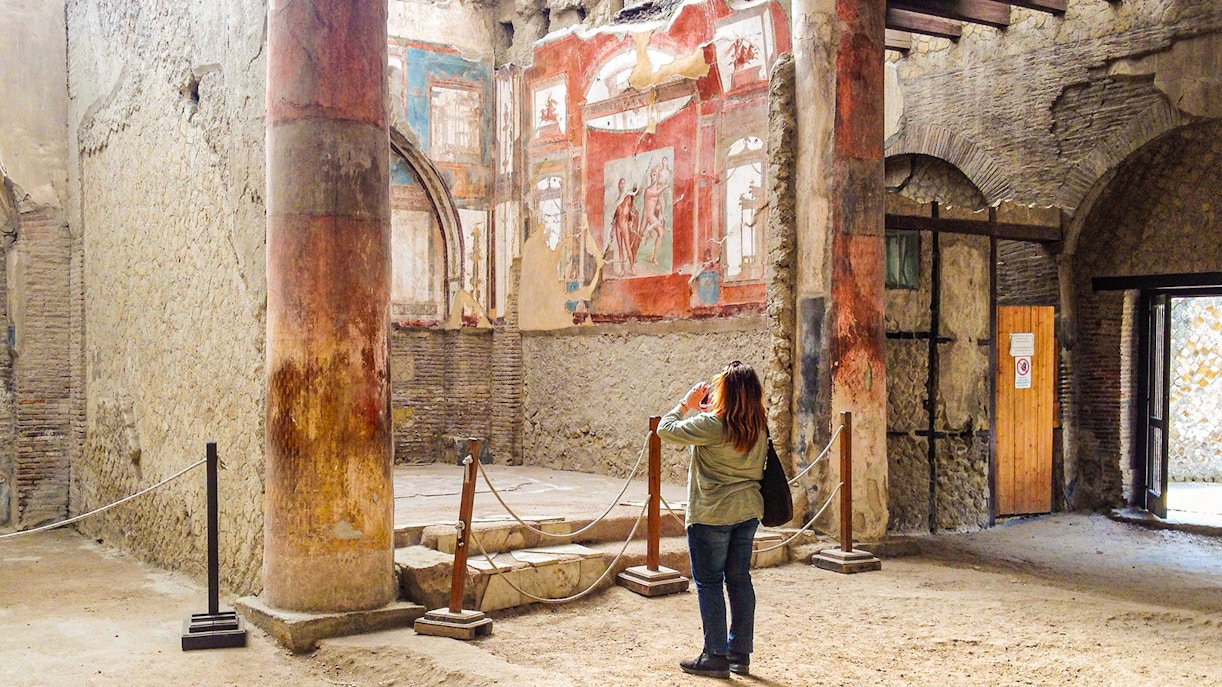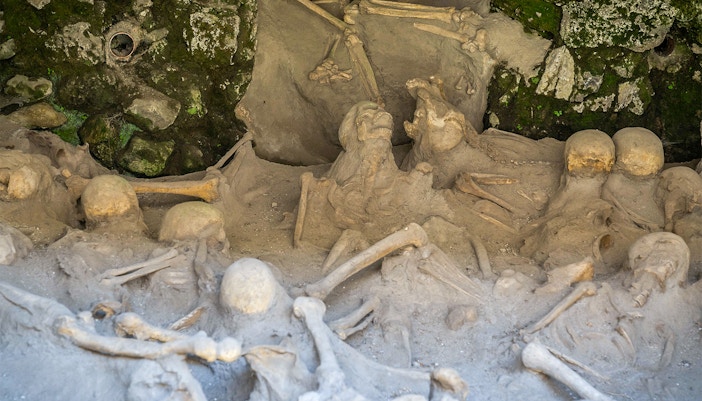Early settlement and Greek influence
Herculaneum’s history began in the 6th-7th century BC with its establishment by the Oscan people. This early settlement later came under the influence of Greek culture. By the 4th century BC, the Samnites had taken control of the area, marking a significant shift in the region’s dynamics as Herculaneum continued to evolve under various cultural influences.
Roman dominance and catastrophic events
The arrival of Roman dominance in 89 BCE, following the Social War, marked a new era for Herculaneum. However, the city’s fortunes took a tragic turn in 62 AD when a devastating earthquake struck, foreshadowing the catastrophic eruption of Mount Vesuvius in 79 AD. This eruption buried Herculaneum under layers of ash and debris, preserving it in a state of suspended animation for centuries.
Rediscovery and modern exploration
Herculaneum’s remains were accidentally rediscovered in 1709, sparking initial excavations. It wasn’t until the 20th century, with systematic explorations led by Amedeo Maiuri and subsequent archaeological efforts, that the city’s ancient splendor was revived. In 1997, Herculaneum was designated a UNESCO World Heritage site, and ongoing excavations continue to reveal its remarkably preserved ruins, offering a window into daily life in antiquity.

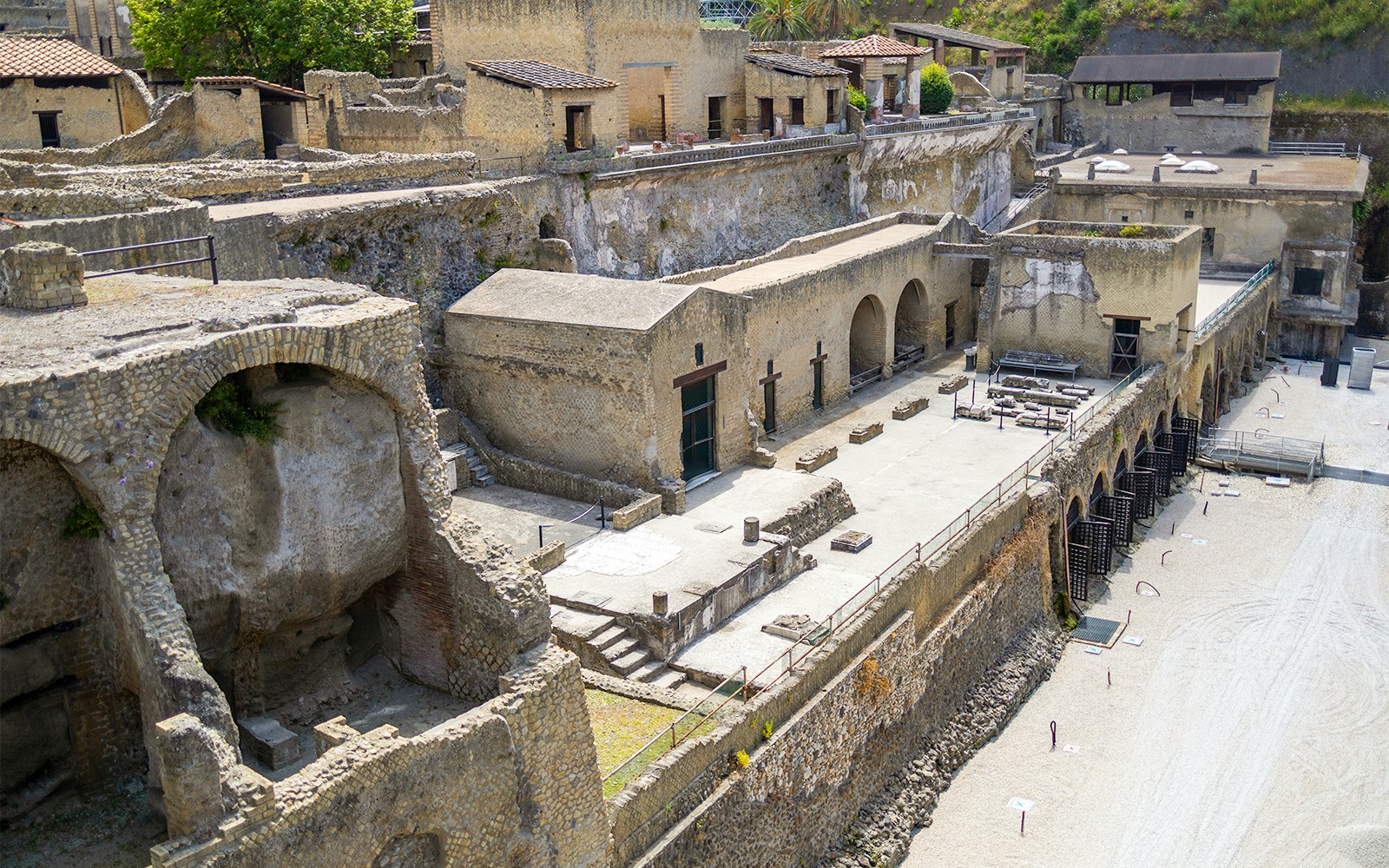
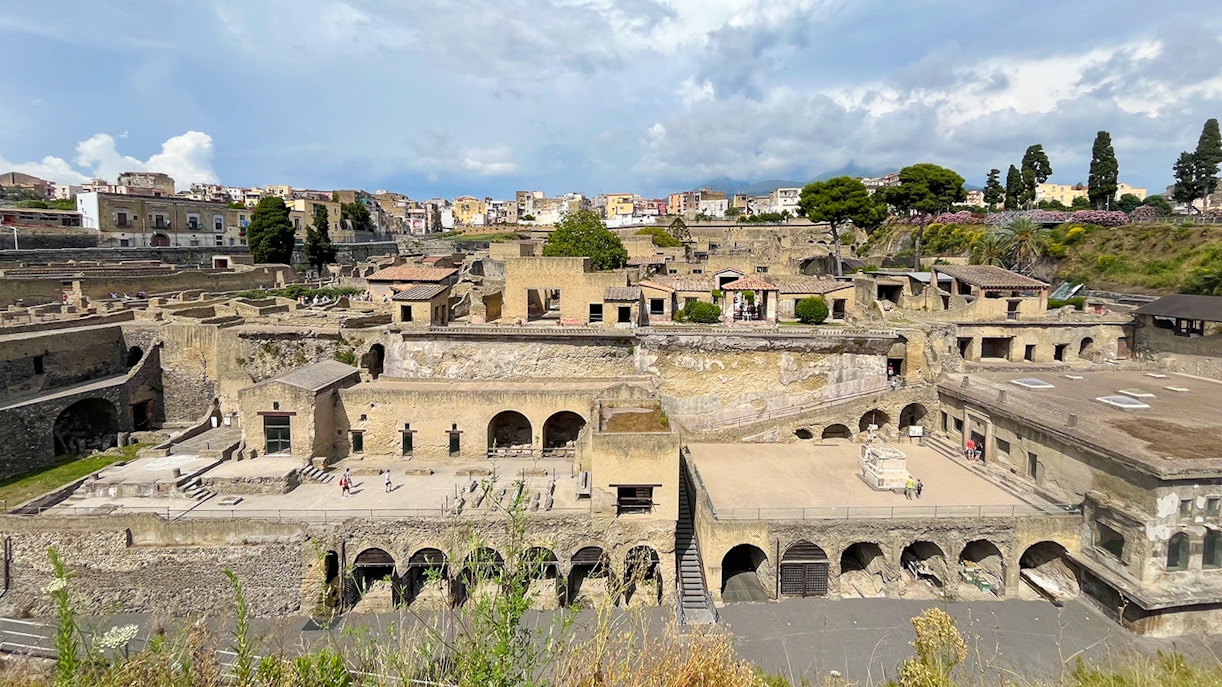
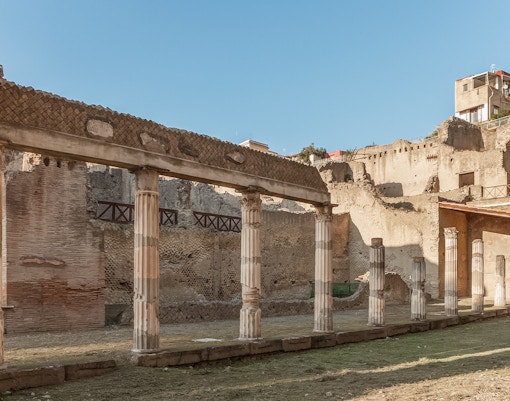
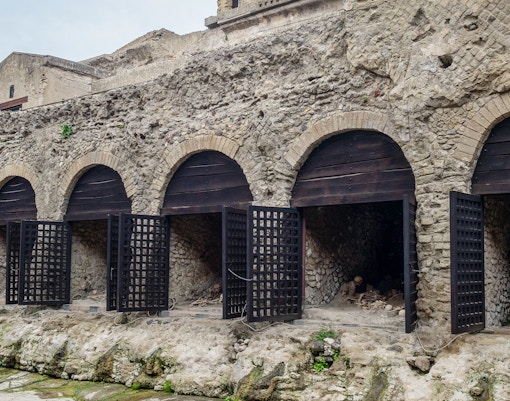
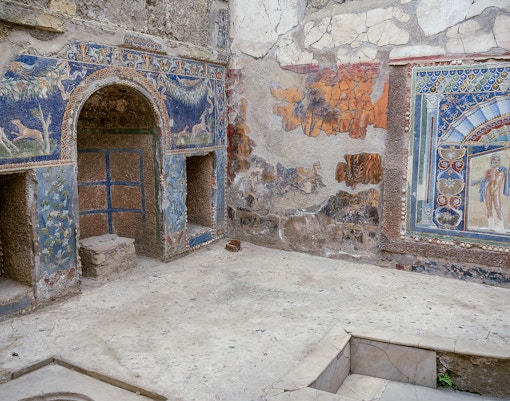
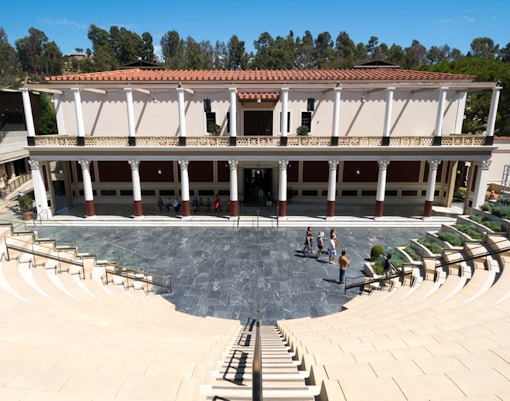
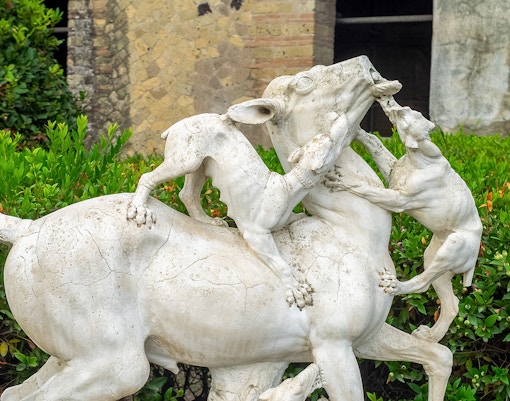
%20-%20Herculaneum.jpg?auto=format&w=510.8727272727273&h=401.4&q=90&ar=14%3A11&crop=faces&fit=crop)
